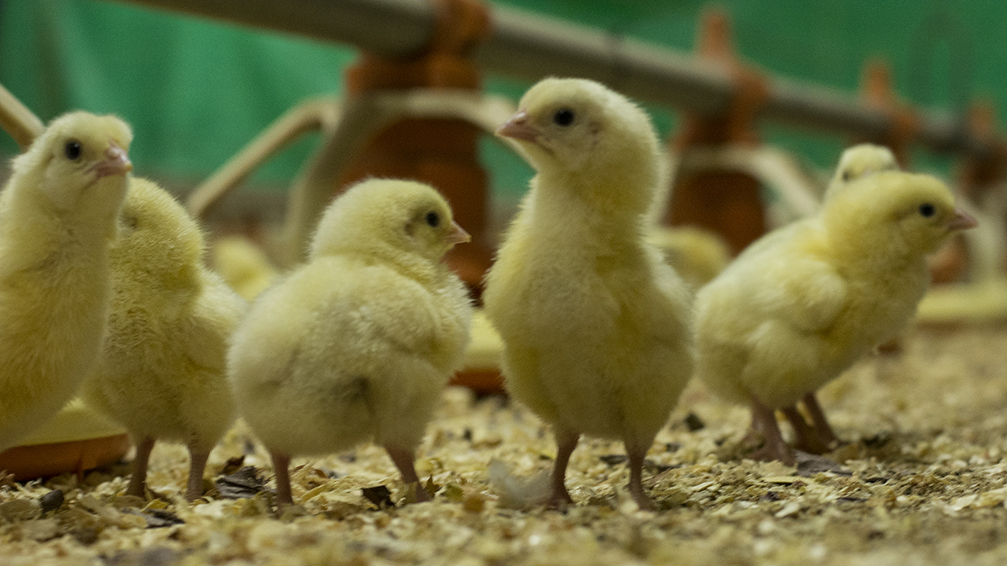The research, which is a joint partnership between Australian Eggs and AgriFutures Australia, is one of the most comprehensive carbon footprint assessments ever conducted in Australian agriculture.
Lead researcher, Dr Stephen Wiedemann, said the last carbon footprint assessment of Australia’s poultry industries was conducted over a decade ago and he believes recent improvements could see carbon neutral chicken and eggs being produced at a modest cost in the near future.
“The first step before identifying pathways to carbon neutrality is to conduct a comprehensive carbon footprint of the entire supply chain, from the planting of the grain that chickens eat to the packaging and transport of the final product,” Dr Wiedemann said.
“Once you have that all-important baseline for the entire industry, you can test the impact of steps individual farms are taking to lower their footprints and then identify ways to mitigate whatever emissions remain.”
“In the case of poultry farms that already have a relatively low carbon footprint, it should be possible to offset the residual emissions and get to carbon neutral,” he said.
Managing Director of Australian Eggs, Rowan McMonnies, said preliminary modelling had shown carbon neutral eggs could be produced for as little as an extra few cents per dozen.
“The egg industry has made huge environmental improvements in recent years, from solar powered farms, to better hen genetics, and sophisticated composting regimes that turn byproducts into organic fertiliser,” Mr McMonnies said.











